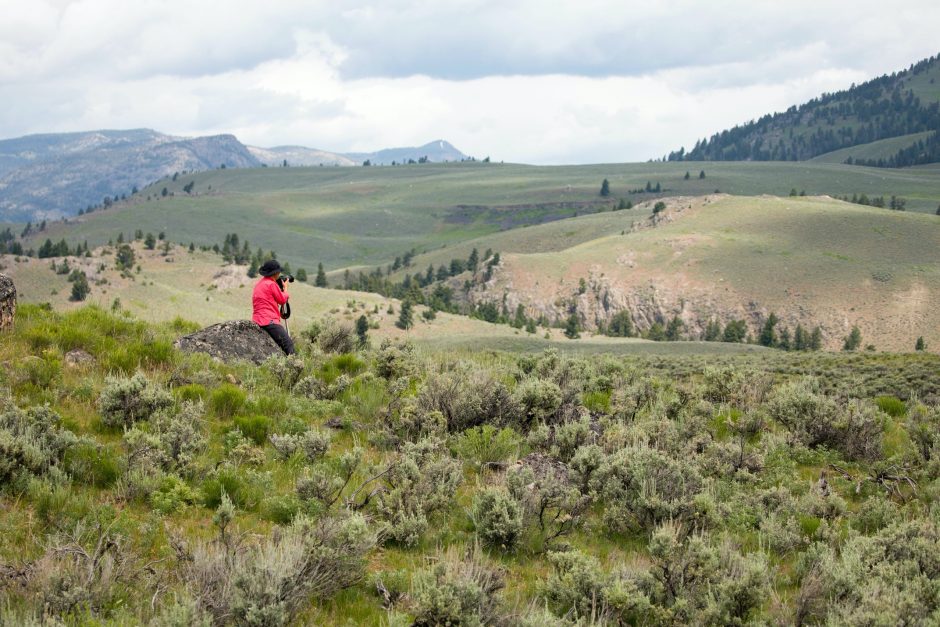
What’s the BEST Lens for a Yellowstone Safari?
Boasting big wildlife, even bigger landscapes, and a region replete with amazing photography opportunities, Yellowstone is a land of superlatives for the nature photographer. But can there be just one lens that does it all? Well, no, not exactly. But there is one lens that is best and will be on your camera 80% of the time if you bring it with you.
A lens for photographing big wildlife
Lots of people think about photographing Yellowstone’s wildlife and immediately go straight for their “big prime” lenses, like the 500mm f/4, 600mm f/4, and perhaps even bigger (and/or they think about bringing a 1.4, 1.6 or 2 times teleconverter to get these lenses into the 1000mm plus range.
What’s right about this
First off, these folks aren’t wrong. Having a big telephoto can pay big dividends. There is a lot of wildlife that could be spotted at great distances, like across valleys, or on distant mountain slopes. If you go with a proper photo safari outfitter, your guides will astound you with what they can spot in this American wilderness.
The issues with big primes
Again, big primes are great to have and will undoubtedly enable you to get more and perhaps even better photos when used. However, it’s worth mentioning that they come at a cost. Financially, yes, but also in terms of versatility and flexibility.
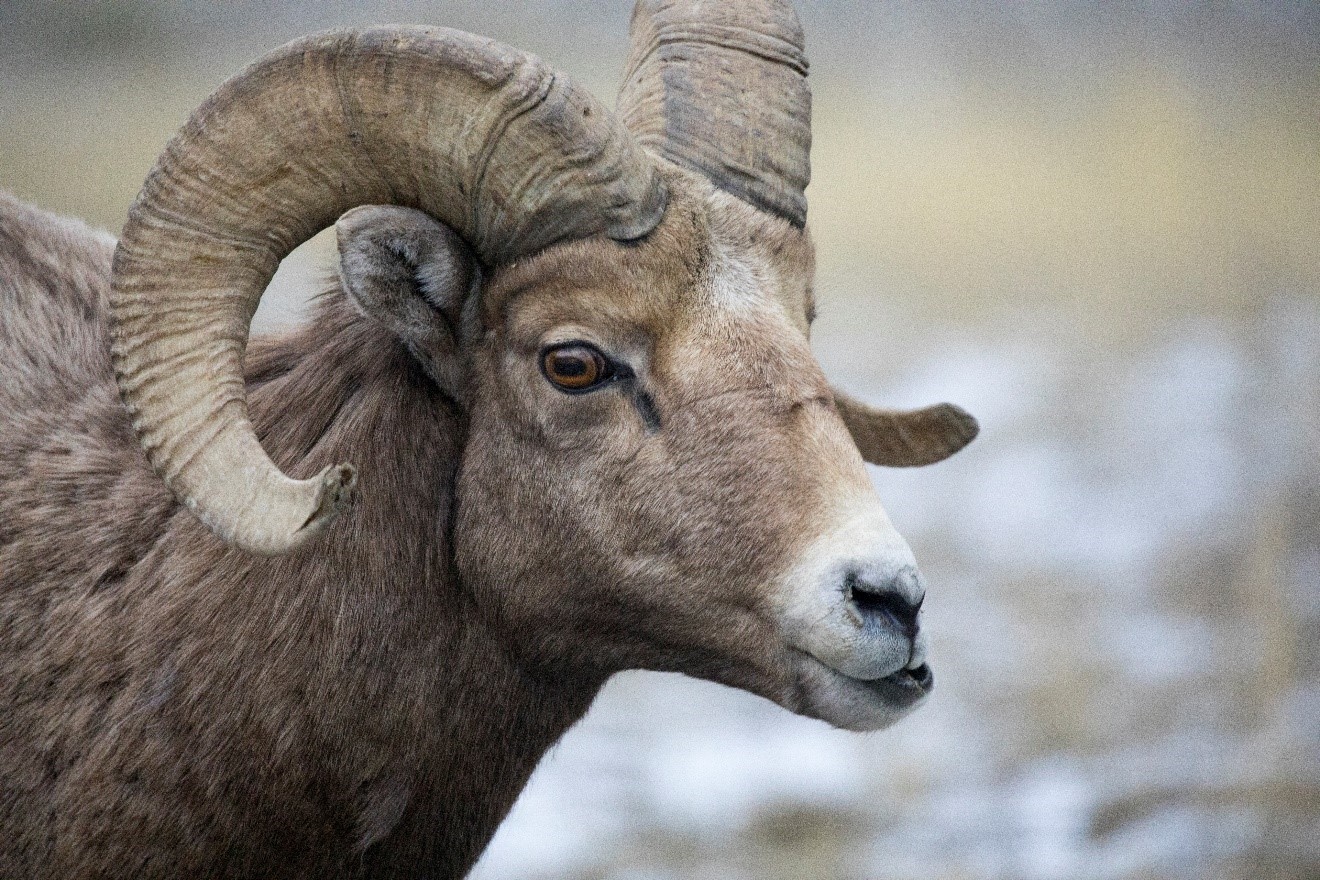
Prime lenses simply do not have any zoom capability. Thus, you’re stuck with whatever focal length they offer. You can’t zoom out from 600mm if something is coming closer to you. That’s why pro photographers who use such lenses will often carry a second camera body with a 70-200mm or 24-105mm.
The other issue is that there’s some great wildlife photography to be had while walking on trails or snowshoeing through the forest (in winter only, obviously). Carrying a camera and lens combo that weighs 10–15 pounds and is the size of a mailbox can hinder one’s ability to “get out there.”
So, while a big prime is a fantastic lens for Yellowstone, is it the best lens? Probably not.
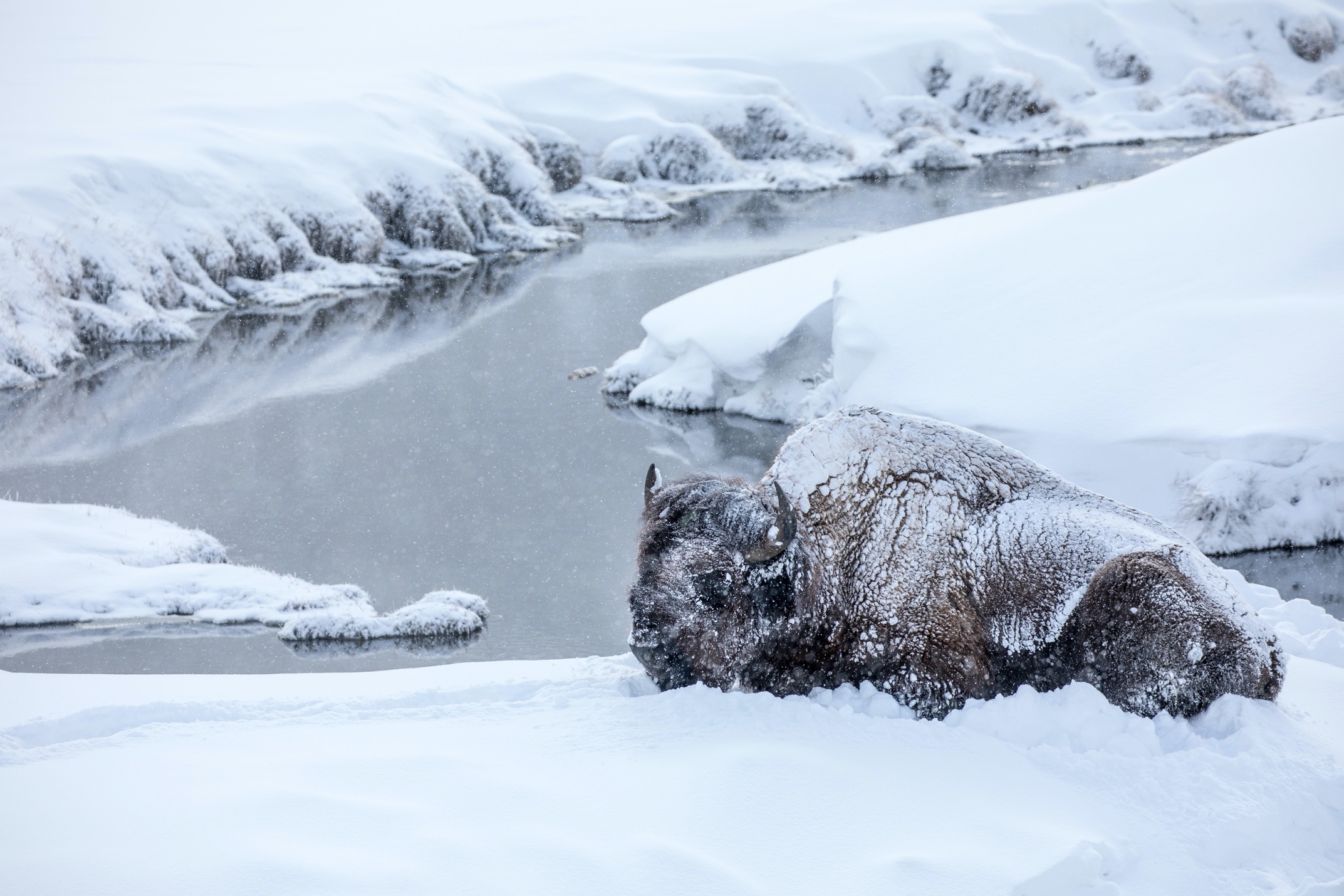
A lens for photographing big landscapes
The Greater Yellowstone Ecosystem (aka the GYE) is wildly expansive. It features not just a dizzying number of square miles, but also features many diverse habitats. All this adds up to some stellar landscape photography opportunities.
The classic landscape lens
A classic landscape lens would be something in the 24–105mm (full-frame) or 18–55mm (crop). They’re fairly wide on the lower end of the range, and they give you a little flexibility to zoom in and compose your photo.
What they don’t give you, though, is a good way to simplify your landscape photos by using some telephoto to “compress” the landscape. You see, when faced with highly diverse landscapes, a tried-and-true technique to showcase their beauty is to pick just a small fraction of the overall scene and compose your photo by deliberately cutting out all the “extra stuff.”
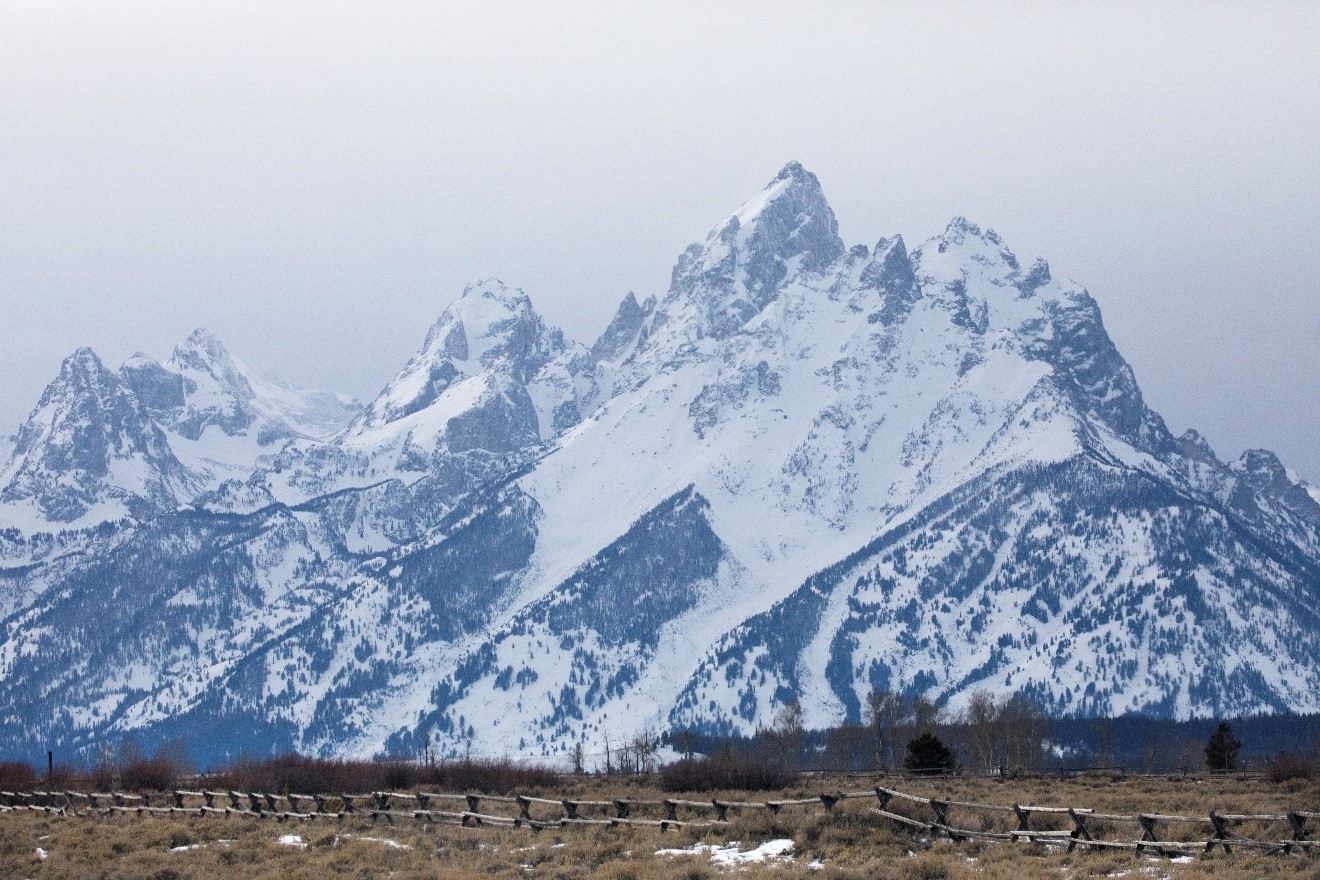
Sure, when we’re looking at the stunning Lamar Valley we can’t help but soak it all in at once. Our eyes scan from left to right, and we are instantly humbled. However, our eyes have time to adjust and interpret the dynamic lights and darks, textures, and colors in a way cameras don’t necessarily do. That is, it’s surprisingly difficult to translate what our eyes see into a photo when it comes to dramatically big landscapes that encompass multiple features (e.g., mountains, streams, trees, wildflowers, animals, trails, etc.). Not that it can’t be done, but again, breaking your scene into multiple parts is a great way to go.
For this, I actually quite like telephoto lenses for landscape photography in Yellowstone National Park.
If you have capabilities in the 100–200mm range, you can do some really great things by simplifying and emphasizing big landscapes with deliberate composition.
So, we’re getting closer—the best lens must have something in the 100–200mm range at the wide end…
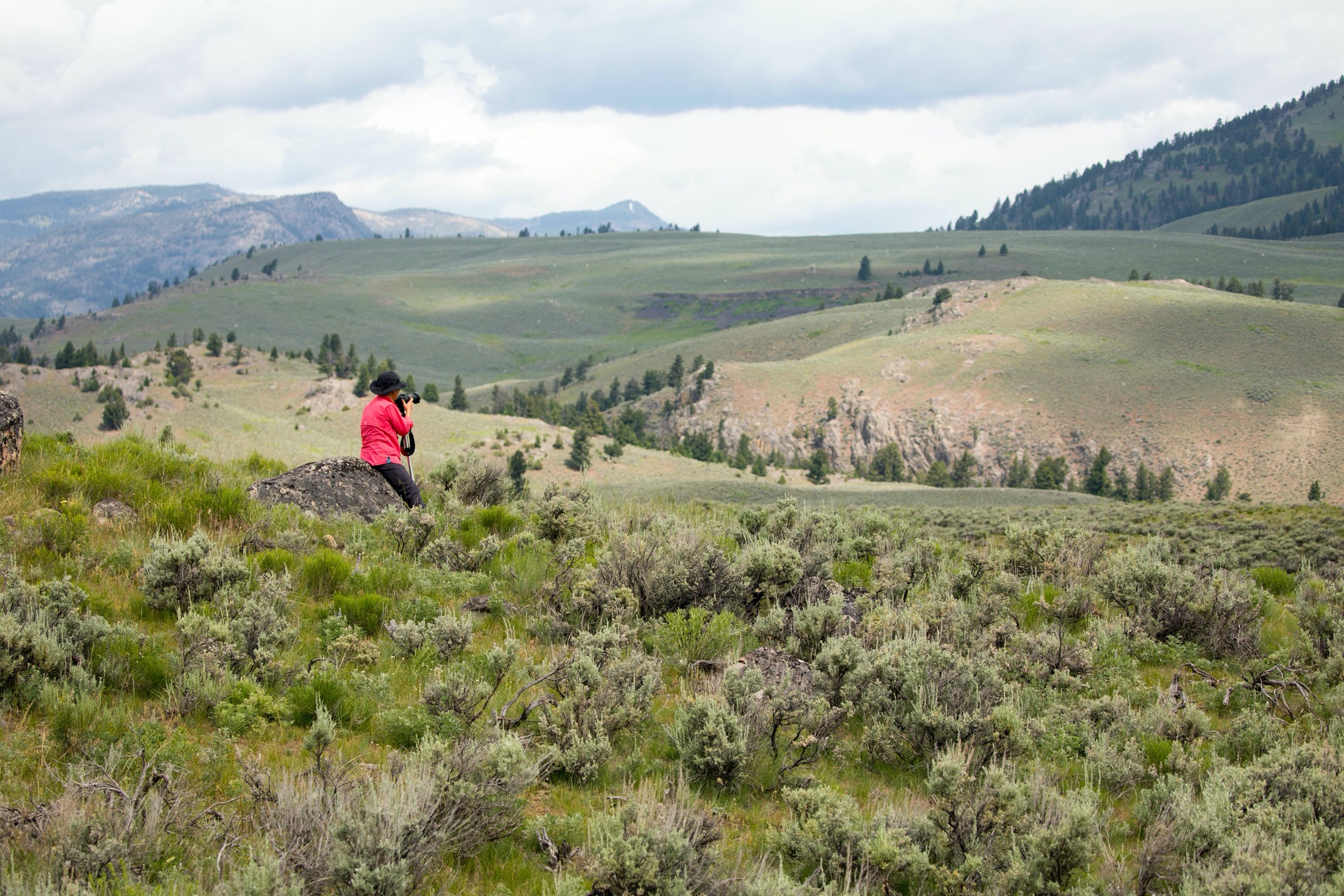
The ideal focal length for wildlife
The big primes aren’t too far off the mark when it comes to focal length. The 500mm or 600mm focal length is actually ideal for most wildlife photography. Thus, if we could just find a way to get these focal lengths in something with the ability to zoom wider so that we can also photograph landscapes…
The balance of landscape and wildlife lens qualities
A balance is achieved in finding the “best” lens for Yellowstone when we can have the maximum telephoto range of 500mm or 600mm, but also able to zoom out to 100mm or 200mm.
If only there were a class of lenses that offered something like a 100–500mm or 200–600mm range…
Well, we are all in luck, as most camera and lens manufacturers are coming out with this exact class of lens, designed for everything I’ve discussed in this article. Third-party lens companies like Tamron and Sigma have highly acclaimed 150–600mm lenses, Nikon has their relatively new 200–500mm, and Canon has their brand new 100–500mm lens. Eureka!
What’s more? These lenses are not nearly as costly as the big primes. They usually cost somewhere between $1,000 and $2,000 (vs. $8,000 plus for big primes). In addition, they are smaller and lighter than their older counterparts.
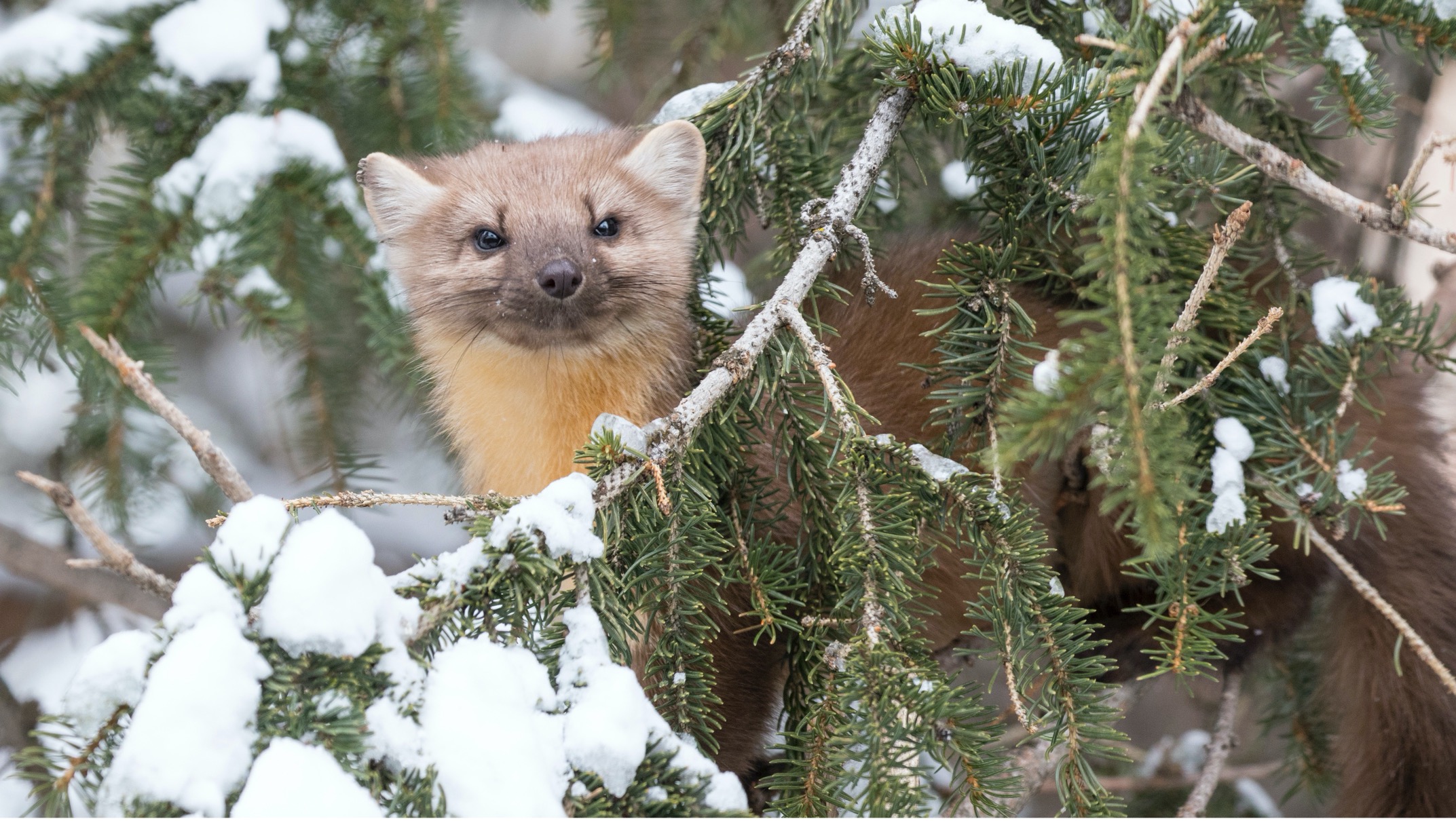
Is there a downside?
Sound too good to be true? Well, there is one downside to these ranges that feature such fantastic versatility: They don’t have phenomenal maximum apertures like the big primes. Yep, that’s the catch.
While a 500mm prime might get you an f/4, a 200–500mm at 500mm might not let you get an f/number smaller than f/6.3 or even f/7.1. (Technically, this would be termed the “biggest” aperture the lenses will allow, since small f/numbers equate to big apertures.)
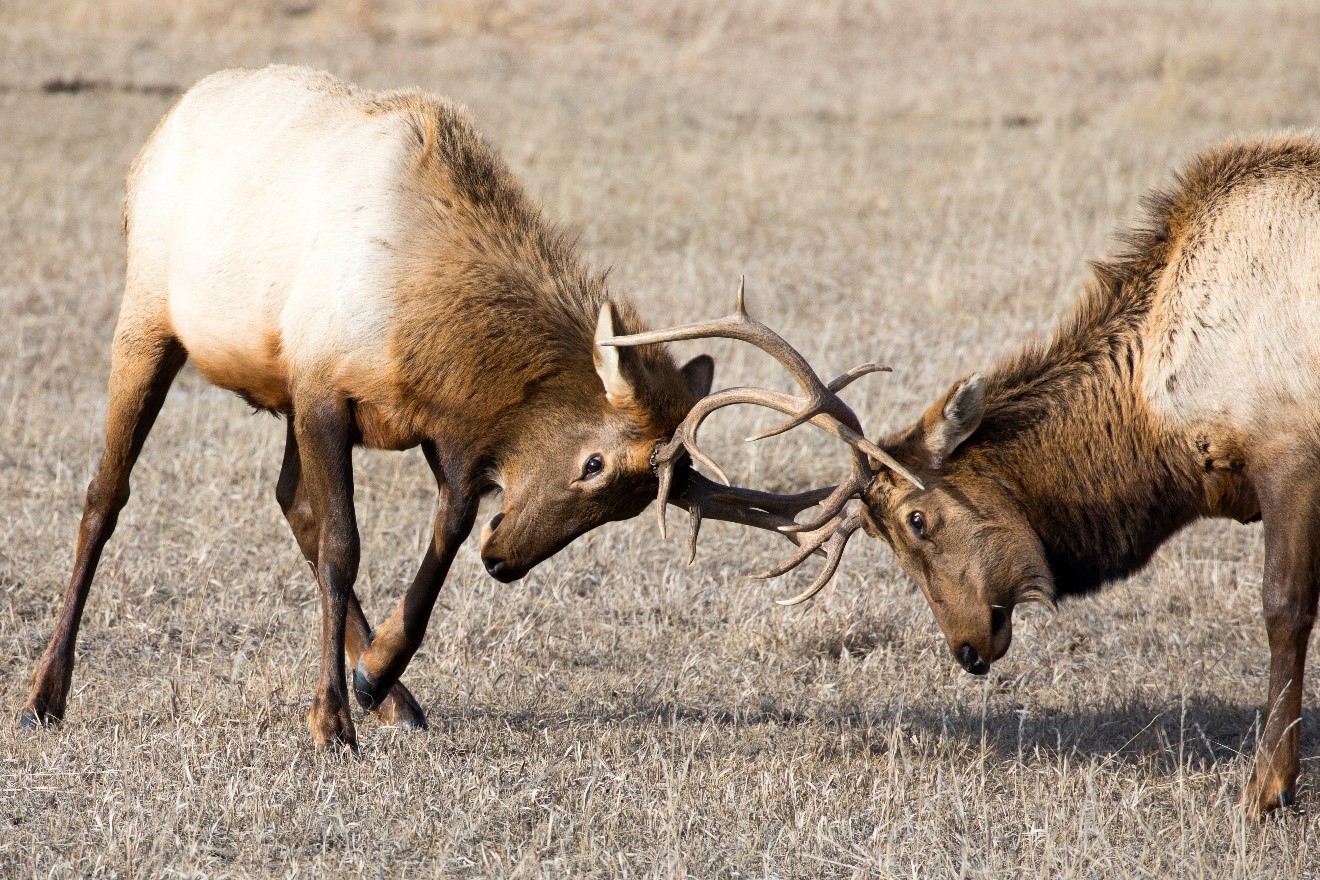
So, this is where you have to ask yourself whether it’s worth it to sacrifice versatility, size and weight (as well as a sizeable chunk of cash) to have a bigger aperture/smaller f/number. Surprisingly, the quality of these lenses is very high, getting pretty darn close to the sharpness and contrast that fancier telephotos have exhibited for years.
The usual need for a small f/number has to do with wildlife portraiture, but what about landscape photography? Would you be sacrificing there?
Fortunately, no! With landscape photography, you’ll likely be shooting somewhere between 100mm and 300mm and will likely begin with an f/8 aperture, potentially going to f/11 for maximum depth of field. Plus, this new class of lenses only has unfortunate aperture limitations at the upper end of their zoom range. Most of these will have a variable aperture, such that you can still shoot at f/4, f/4.5, or f/5.6 at their minimum telephoto range.

And there you have it—the BEST lens for a nature safari in Yellowstone is the class of lenses exhibited by Canon’s 100–500mm, Tamron’s 150–600mm, Nikon’s 200–500mm, and Sigma’s 200–600mm.
If you’re headed to photograph the wonders of Yellowstone National Park, be it in winter, spring, summer or fall, be sure to choose this lens first, as it will no doubt be your workhorse for the entirety of your photo expedition.
Cheers, and be well,

Court
10 Comments

Arthur Leyenberger
April 24, 2022 at 10:21 am

Court Whelan, Ph.D.
April 25, 2022 at 2:39 pm

Will
February 19, 2023 at 2:09 pm

Court Whelan, Ph.D.
February 21, 2023 at 12:47 pm

andrew bernstein
September 6, 2024 at 12:42 pm

Court Whelan, Ph.D.
September 19, 2024 at 1:54 pm

Robert Thompson
April 30, 2024 at 8:41 pm

Court Whelan, Ph.D.
May 1, 2024 at 12:28 pm

Ali M
October 6, 2024 at 2:21 am

Court Whelan, Ph.D.
October 9, 2024 at 9:19 am
Interesting article, Court. I’ve enjoyed your other articles as well.
For the current range of Olympus MFT lenses, what would you recommend? I have a Yellowstone trip with NatHab coming up in September and I’m thinking my 40-150mm (80-300 full frame equivalent) with the 1.4x converter should get me in the vicinity of focal length you describe. Since the lens is f/2.8, even the 2.0x converter would yield a nice f/5.6 at 600mm equivalent.
Any other Oympus lens thoughts?
Thanks
…..Art
hi Art, Yes! That 40-150 f/2.8 is a DREAM lens. So good in so many ways. However, with the big, wide open landscapes of Yellowstone you’ll definitely want some more telephoto if possible. So yep, a 1.4 or 2.0 converter would be fantastic in this case. The thing with Yellowstone is that you almost never have “enough” telephoto, as there is always something “just a little bit further.” Thus, I think so much of photographing Yellowstone best is to go with what you’ve got, have great lenses capable of good sharpness (the 40-150 is a prime example) and concentrate on what you can take photos of. That being said, if you are interested in a major investment, I’ve heard wonderful things about the Olympus 150-400mm. But it is indeed a significant investment.
I just finished reading your article regarding lens selection. Super piece. My question –
I will be attending a photo shoot in November 2023 to capture wolves, bison, and elk. The primary lens I wish to take along include 24-120mm f/4, 70-300mm f/4.5, and 200-500mm f/5.6. I was also exploring a 10-24mm f/3.5 for night shooting. Am I carrying too much?
I will also carry my D750 and a Z7 II.
Thanks,
Will
hi Will, this sounds like a wonderful kit. No, not to much at all :). The 10-24mm is your x-factor lens, in that you don’t totally need it, but it could give you some of your most favorite shots of the trip. The other three lenses are quite important. The only one I could see you not using much is the 70-300, only because you’re relatively covered by your 24-120 and 200-500. That 120-200 gap isn’t super important and I think you’ll probably prefer having ready access to your 200-500 most of the time. Hope this helps!
wolves!? have been going to this park for over 5y 1-2x a yr. have seen wolves extremely rarely. planning to “shoot bison elk and wolves” is a narrow focus especially with one animal likely not reliably on the list. so many more animals to enjoy there above and beyond just those 3…
Hi Andrew, oh gosh, well it sounds like you’ll have to join a Yellowstone wildlife photo safari with me! 100% track record so far with wolves :). The trick is to tune into the wolf researcher’s radio, perhaps go in winter, and comb the north entrance and road to Cook City :).
Court, I’m not a professional photographer but shoot just for a hobby and for travel trip memories. (But I do love animal eyes and other close ups!) Would my iPhone 15 pro max do fairly well on this trip or should I dig out my old Fujifilm FinePix HS50EXR (which I really haven’t used in years)? Thanks, in advance, for your advice. – Bob T.
hi Robert! The quality of iphones is absolutely incredible these days. For landscape photography and wide video, they are probably about as good as an intro DSLR or mirrorless. In other words, for the size and ease-of-use, they’re amazing! But you probably would benefit from having something with some more telephoto, as I usually try not to use digital zoom on the iphones. I’m not too familiar with that Fuji, but honestly if you are mainly thinkign about general travel shots and landscape shots, and perhaps relying on others in your group for the best wildlife shots, your iphone will be great :).
I have rf 15-35, 28-70 f2.8 and 70-200. Is the rf 70-200 f2.8 long enough for Yellowstone ? I have a 15-35 but rarely use it for landscapes and prefer my 70-200 instead. But for Yellowstone, I feel 70-200 range could be limited for wildlife ? I am planning to go there this thanksgiving and can’t figure out what the ideal lens combo would be as I don’t know what the scene would be out there. Highly considering rf 100-500. Please advise. Thanks again!
hi Ali, the 100-500 is definitely your best lens for yellowstone. the 70-200 is fantastic for anything it can be used for, but it’s significantly undergunned for Yellowstone wildlife. It’d be great for landscapes, of where there are so, so many. But for wildlife, it’s the 100-500 all day :). Hope this helps!